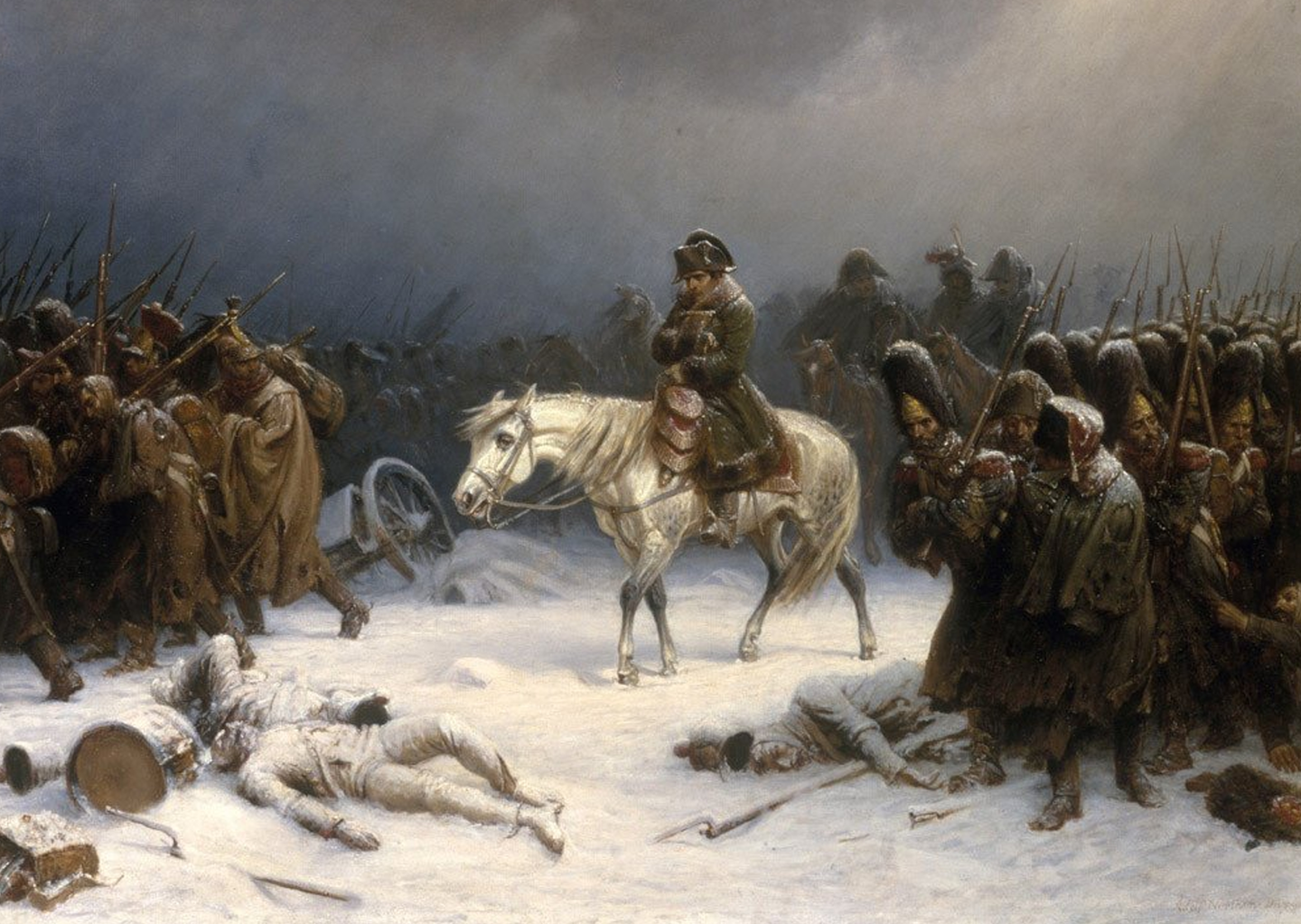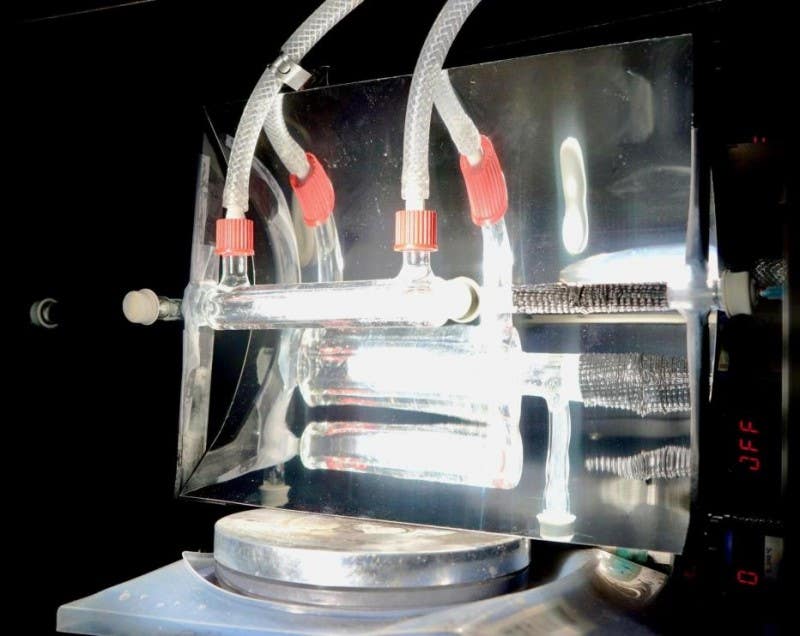New DNA findings reveal what really stopped Napoleon’s army in 1812
New DNA study reveals pathogens behind Napoleon’s retreat losses, highlighting paratyphoid and relapsing fever as key killers.

Painting dating from 1851 entitled 250 “Napoleon’s retreat from Moscow” by Adolph Northen, depicting the conditions of the retreat of Napoleon’s army. (CREDIT: CC BY-SA 4.0)
In the winter of 1812, Napoleon’s once-mighty army left Russia battered, frostbitten, and starving. The infamous retreat claimed hundreds of thousands of lives, but until recently, no one could say with certainty which diseases were most to blame. Now, cutting-edge DNA analysis from soldiers’ remains offers fresh insight — and the findings challenge long-standing beliefs.
A military collapse beyond the battlefield
In June 1812, Napoleon I led a massive force of 500,000 to 600,000 troops into Russia. After reaching Moscow without defeating the Russian army, his soldiers faced a burnt, abandoned city with dwindling supplies. By October, they began a long retreat toward Poland, trudging through snow and subzero temperatures. Between October 19 and December 14, the Grande Armée lost nearly all of its men — not just to Russian skirmishes, but to hunger, frostbite, and deadly infections.
Historical accounts by military doctors described a long list of illnesses: typhus, dysentery, pneumonia, jaundice, diarrhea, and fevers. Typhus, often called “camp fever” because of its association with armies, was thought to be the main killer. Evidence seemed to support that theory — the remains of soldiers found in Vilnius, Lithuania, in 2001 still had traces of body lice, the insects that carry typhus.
Yet a new genetic study from Paris Cité University tells a different story.
Modern science takes a closer look
Microbiologist Rémi Barbieri and his team used advanced ancient DNA sequencing methods to analyze teeth from 13 soldiers buried in Vilnius. Each tooth yielded millions of DNA fragments, allowing the researchers to search for genetic signatures of human pathogens.
What they found was surprising: no trace of Rickettsia prowazekii, the bacterium that causes typhus, and no signs of Bartonella quintana, which causes trench fever. Instead, the results revealed two unexpected culprits — Salmonella enterica Paratyphi C, the bacterium behind paratyphoid fever, and Borrelia recurrentis, which causes relapsing fever transmitted by body lice.
Related Stories
- Medieval King Arthur's Hall is 4,000 years older than previously believed
- Royal tomb discovery changes what’s known about Maya history
- Bust of Cleopatra VII may have been found at ancient Egyptian temple
“While not necessarily fatal, the louse-borne relapsing fever could significantly weaken an already exhausted individual,” the researchers explain.
These illnesses would have left soldiers feverish, dehydrated, and in severe pain, making survival in the freezing march nearly impossible.
The pathogens that weakened an empire
Paratyphoid fever is a life-threatening intestinal illness spread through contaminated food and water. In the crowded, unsanitary conditions of a military retreat, it could spread quickly. Relapsing fever, meanwhile, causes repeated cycles of high fever, chills, muscle aches, and extreme fatigue. The fact that B. recurrentis is carried by lice means it could flourish among soldiers wearing the same infested uniforms for weeks.
Of the 13 soldiers studied, four carried S. enterica and two carried B. recurrentis — with one showing signs of both infections. While this is a small sample, it suggests a wider epidemic across Napoleon’s retreating forces.
Barbieri’s team emphasizes that their inability to detect typhus does not rule it out. Ancient DNA can degrade over time, and the 13 individuals studied represent only a fraction of the thousands buried in Vilnius. But these new results point to a more complex disease picture than history books have suggested.
Science catches up to history
Earlier studies had tried to identify pathogens from these remains using PCR, a DNA amplification method, but technology at the time was limited. Those tests found short DNA sequences hinting at typhus and trench fever, but they were too short to confirm the presence of the full pathogen genome.
This new analysis goes far deeper. Each DNA fragment was checked against a massive microbial database, with rigorous authentication steps to confirm they were truly ancient and not modern contaminants. The data even showed patterns of DNA damage consistent with centuries-old bacterial samples.
Still, researchers are cautious. “The analysis of a larger number of samples will be necessary to fully understand the spectrum of epidemic diseases that impacted the Napoleonic army during the Russian retreat,” the paper notes.
Death in the cold
The Vilnius mass graves, discovered during a construction project in 2001, contain over 3,000 skeletons — men, women, and horses, many still wearing fragments of uniform. The absence of weapons suggests they did not fall in battle. Instead, the scene is one of a military disaster in which disease, fatigue, and freezing temperatures worked together to destroy an army.
In the words of Barbieri’s team, “A reasonable scenario for the deaths of these soldiers would be a combination of fatigue, cold, and several diseases, including paratyphoid fever and louse-borne relapsing fever.”
That combination may explain why Napoleon’s retreat from Russia remains one of history’s most devastating military collapses. The soldiers faced not only the hostile winter but also microscopic enemies they could neither see nor fight.
Why it matters today
Beyond rewriting a chapter of Napoleonic history, this research shows the power of ancient DNA science to clarify past pandemics. The same methods could help solve other historical medical mysteries, from medieval plague outbreaks to diseases in prehistoric communities.
It also offers a sobering reminder: armies are often defeated not just by opposing forces, but by the invisible toll of infection. For Napoleon’s men, the final blow came not from Russian muskets, but from pathogens carried in their own lice and contaminated food.
Pathogens Behind Napoleon’s Retreat Losses
The pathogens behind Napoleon’s retreat losses are now better understood than ever before. While typhus still may have played a role, the genetic evidence points strongly to paratyphoid fever and relapsing fever as key contributors to the collapse of the Grande Armée.
The next step for researchers will be scaling up the analysis to include hundreds of soldiers. With every new tooth and fragment of bone studied, science inches closer to understanding exactly how disease helped turn Napoleon’s Russian campaign into a catastrophe.
Research findings are available online in the journal bioRxiv.
Note: The article above provided above by The Brighter Side of News.
Like these kind of feel good stories? Get The Brighter Side of News' newsletter.



